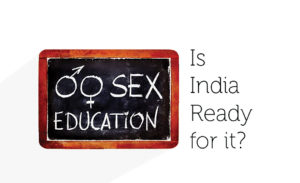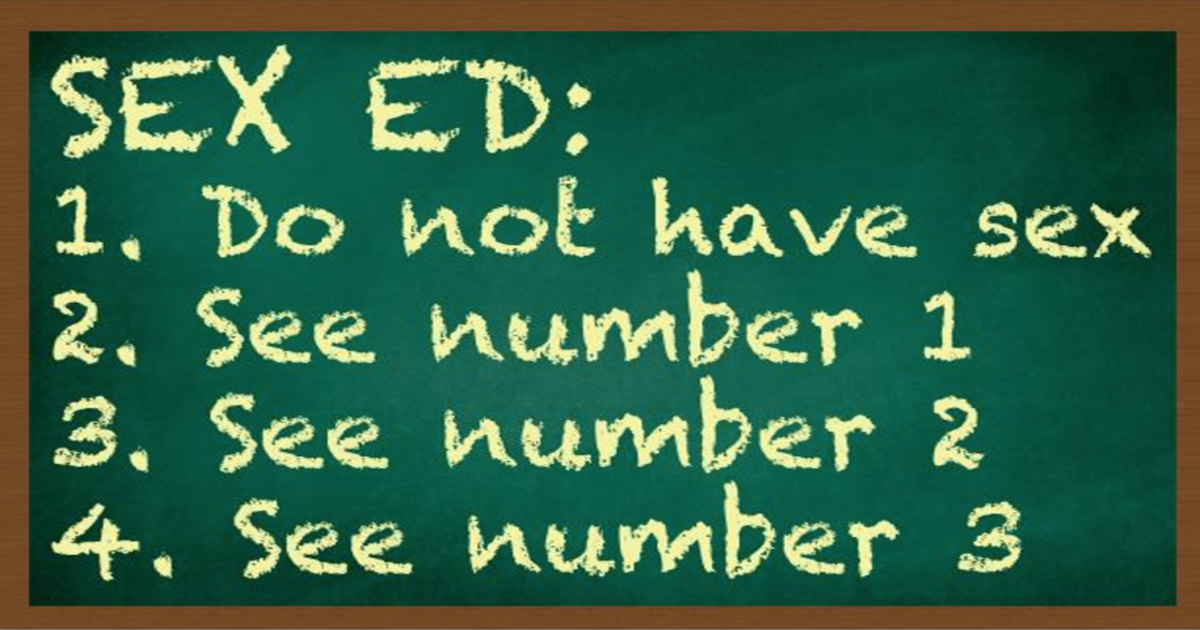Indian schools still shy away from introducing sex education in their curriculum but the need for it has always been stressed by the education authorities
India has been at the forefront in terms of teen pregnancies and sexually transmitted diseases. With 16 million teenagers getting pregnant between the ages of 15 and 19 years, and 2.40 million Indians living with HIV, the time for implementing comprehensive sex education in schools is nigh.
A circular was sent out to all heads of institutes in July 2005 from CBSE to introduce programs to “facilitate adolescents to understand the perspective of physical biological and emotional changes.” While some schools did implement counselling sessions and classes to connect sessions on sex educations. There is still a wide-spread hush-hush attitude when dealing with subjects like sex and sexuality.
“Ours is an all-girls’ school, and our sex ed sessions consisted basically of being taught how menstruation works and a question-answer session, which got cut short as soon as someone asked about intercourse,” says 18-year-old Shubha. This habitual avoidance is seen not only in schools, but more so in the household set-up.

Dr Dherendra Kumar, child psychologist based in Delhi, says that a lot of it has to do with the socio-economic standing of the individuals. “If they come from a rural set-up, they may not have the tools or the understanding to explain such concepts to children effectively.” However, he does stress on the importance of sex education in schools and classes from a very early age. “Sex education should be termed ‘sexuality’ education. That way it might help to remove the stigma that is attached to it,” he explains, “and it should be treated as a necessity, not a burdensome responsibility.”
He goes on to say that sex ed should be introduced in the curriculum from the primary classes that way they can only be taught what they can handle at that age. “The idea of a good touch versus a bad touch should be taught to them at a very early age. Making it a routine will normalise the idea of sex education. As they grow, they can then learn about menstruation, sexually transmitted diseases and so on and so forth. But the understanding of the body is imperative for the healthy development of an individual,” says Kumar. He stresses how important it is for school children to understand that this is not a one-dimensional taboo subject. Understanding their sexuality is much broader and includes a lot of aspects, in terms of safety, choice, identity and much more.
Even the schools that have adopted measures to implement such sessions, skirt around the subject of intercourse and neglect the properly explanation of how to be safe. With the access to Internet and our window into global media, teenagers these days are sexually active. And when they do not know how to navigate such situations, owing to the fact that they were never taught or told, the responsibility for those transgressions does fall partly on the shoulders of the adults in their lives.
Dr Surabhi Verma, Director of Sparsh for Children, also speaks of the difference in the teachings due to socio-economic factors. She also believes that a healthier dialogue is opening up between parents and children. “I get calls almost every week, with parents asking me to speak to their children because they suspect that their son or daughter is in a romantic relationship and they want their child to be safe. A few years ago, I hardly ever got such calls.” According to Verma, most sex ed sessions are restricted to Biology classes. And even then, there is a stigma of body image attached to menstruation. “People make very big deals out of the fact that a girl may bleed and stain her clothes, when it’s a completely normal bodily process, and they shouldn’t be made to feel less than, or shameful, if their body is functioning in a healthy manner!”

She goes on to say that children are becoming more exploratory by nature, which is why sex ed is even more important now. “If they are consuming information, would it not be better if they consume the right information?” she asks. Differing from Kumar slightly, Verma says that sex education should be implemented from the sixth or seventh grade. Ensuring that they are open about their bodies and understand the concepts related to sexuality “are now a priority,” she says. It’s no longer an idea we are toying with, it has become our reality. “Especially after the judgement. There are articles about same sex couples in magazines and papers, and so many are opening up about their lifestyles. It’s very heart-warming.” According to her, comprehensive sex education should not, and cannot be ignored for much longer, simply because that would entail denying the children an entirely urgent and holistic education.
While Verma agrees that the Section 377 ruling was definitely a step in the right direction, and “set us up for a good start.” There is plenty to be done at a systemic level to normalise and implement sex education in Indian schools. The 2005 lists strategies for the same, which include “awareness building, co-curricular activities, integration in the school curriculum and development of life skills.” A wholesome and structured teaching such as this, would surely make a difference and simplify the understanding of the several aspects of growth and sexuality, if appropriately taken up by the schools.





